Marks and Spencer, stalwart of the British high street, revealed last week that it would be opening more than 100 new Simply Food branches as part of its accelerated store restructure and transformation plan.
The decision to shift its focus from clothing and homewares to its “high productivity” foodhalls came as a surprise to few in the sector. M&S has been struggling to get its home and fashion product mix right for some time, although the decision to close 67 of its larger stores was perhaps more final than many may have predicted.
Expected to take five years (although bosses hope to achieve it in just three), the restructure is expected to save M&S £300 million as it opens 104 new “bigger and fresher” Simply Food branches across the UK.
Crucially, M&S is looking to invest in its current food business and grow its grocery market share at a time when value is of utmost important to consumers, as food prices continue to rise amid rocketing inflation.
M&S’s current grocery offerings are often perceived – rightly or wrongly – to be more expensive, with a focus on the food-to-go or ‘treat’ category. Customers are typically purchasing smaller baskets, picking up last-minute dinner essentials or buying a £12 meal deal instead of heading out to a restaurant.
The changes being implemented will put food at the forefront of M&S’ new business model. This is not just any store transformation plan; this is an M&S transformation plan. But will it work?
Why the renewed focus on food?
Currently, M&S has 316 Simply Food stores located across the UK. According to CEO, Stuart Machin, this store estate is “ageing” and “poorly located”.
Speaking at M&S’ investor presentation last week, he said “we’re investing in bigger, better and fresher food stores in the new format,” which will see 104 more stores created by 2028.
The new store estate will also see 67 “lower productivity” stores closed to make way for its food offerings which Machin described as having “higher productivity” than clothing. Of the remaining M&S stores, space dedicated to clothing and homeware will be reduced by 20%, with food space expanded by 10-15%.
M&S hopes that this restructure will see its its grocery market share grow by 1% (it currently stands at 3.6%).
Machin says to do this, M&S needs to concentrate “on how we grow volume in more highly productive and a higher quality store estate fit for omnichannel. New food stores present a great opportunity for that clothing omnichannel vision where customers can come in and collect their clothing order.”
Basket sizes and bigger shops: what to expect from the new store estate?
As the cost-of-living crisis has seen the food and drink industry coming under pressure to keep prices as low as possible, Machin says “in food, we know value is becoming the top priority for our customers.”
In looking to expand its in-store food range, M&S is looking to drive medium and larger sized baskets for all-round shopping trips in a bid to to maximise consumer spend.
Co-chief executive officer, Kate Bickerstaff, said “in food, we think we have substantial headroom to grow when we think about our products and our exceptional brand. We’ve opened up more space in ambient grocery and we’ve increased space for frozen products.”
Considering how its new sites could be structured, Machin references the recently redeveloped Parc Llandudno store in Wales, which was moved from the high-street to a larger ex-Debenhams retail park site. He said replicating this style of shop across M&S’ upcoming store rotations would help “drive the bigger shop”.
The layout of the Parc Llandudno store has an increased food space of 29% which has seen sales rise by 75%. At the same time, clothing space was reduced by 5% which has seen a 35% uplift in sales.
Is this the right move for M&S?
For retail and hospitality analyst Rodrigo Ceron M&S’ focus on food is no surprise.
He says “Simply Food leads the experience curve in food-to-go like no other,” adding that the move to reduce clothing space makes sense as it “doesn’t enjoy the same advantages” as food.
He says M&S’ food offerings are vital due to the lack of competition in the food-to-go sector, adding that – in terms of long-term goals – he would “like to see Simply Food jumping borders into Europe, forcing everybody else to innovate and catch up.”
The move has also been a long time coming according to Agilistix enterprise agile coach Carl Adamson who said via LinkedIn that its food offering expansion was something he had suggested to the M&S leadership team four years ago due to the Simply Food stores having always been “profitable” as “customers loved them.”
He says, “I have always felt that the M&S Simply Food brand is strong enough to stand alone and thrive as an independent and profitable brand, such is the generations of customer loyalty to the larger M&S brand and the quality it has always represented. Sad to see bigger clothing and home stores closing but reassuring to know that the great taste of M&S Simply Food will be more accessible.”
At the same time, Retail Economics senior consultant Nicholas Found sees the move as a response to changing consumer habits caused by the cost-of-living crisis, as shoppers look to minimise non-essential spending.
For Found, M&S renewed focus on food is “fundamental”, as he says in the long term this “should help it re-establish its culture and rebase its cost structure to be more aligned with new age competitors.”
Found also points out that M&S’ move also comes as rising store costs – such as eyewatering energy bills – have seen it “accelerate its digital-first transformation plan, as it finds itself with store sales densities across clothing and home that are at odds with the cost of occupying that space.”
He says: “It’s always sad to hear about store closures, but Marks and Spencer has tried to listen to market trends and respond.”
While store closures will change the face of the high street in key locations, the move looks set to give M&S and its Simply Food brand a new, elevated platform in the UK grocery market.
And as the retailer focuses on high productivity, bigger baskets and – crucially – maximising value at a time when many are struggling to pay for their weekly food shop, it couldn’t have come at a better time.

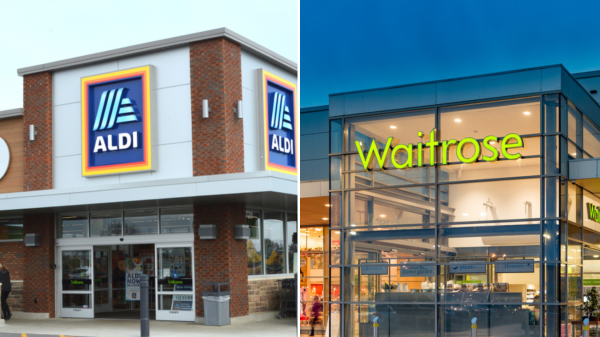
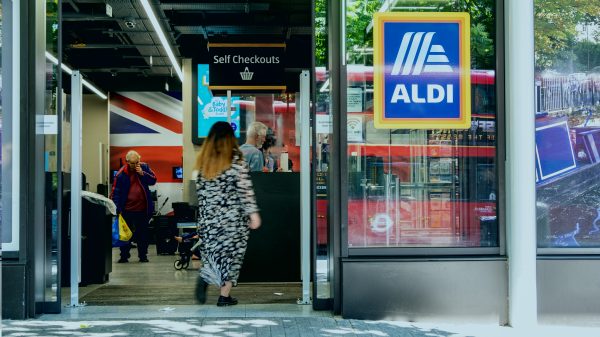




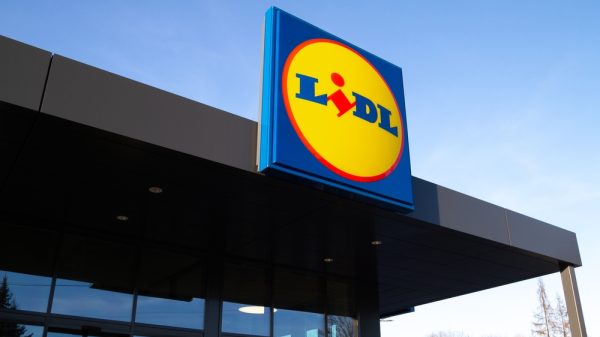
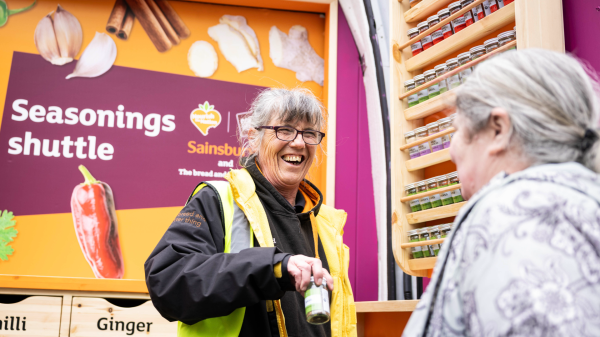
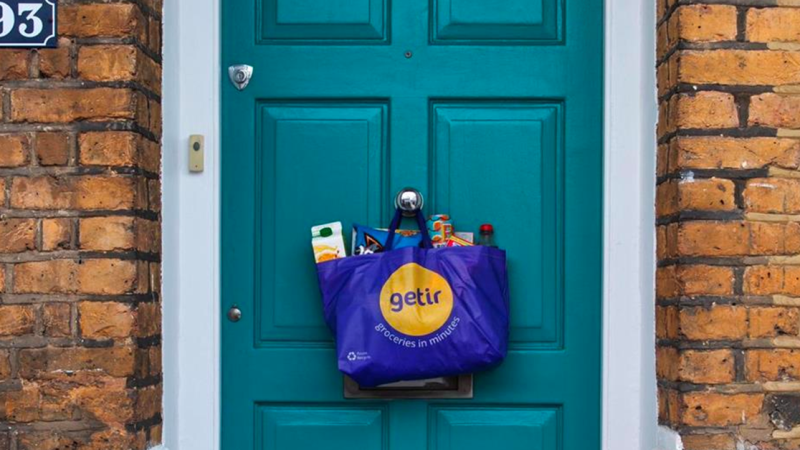
2 Comments. Leave new
Why does everybody still refer to “Simply Food” stores when the vast majority of food stores haven’t traded under that name for years? Even M&S’s own annual reports do this, despite the fact that he only food stores that still trade under the “Simply Food” name are the tiny little ones, mostly franchises in railway stations.
No surprise, the menswear is bland and skinny fit, the biggest mistake they made was forgetting older men and dropping the classic clothing to chase the young crowd. They used to sell fantastic classics with fantastic quality. Some of us are happy to pay a bit more for something if the quality is there.